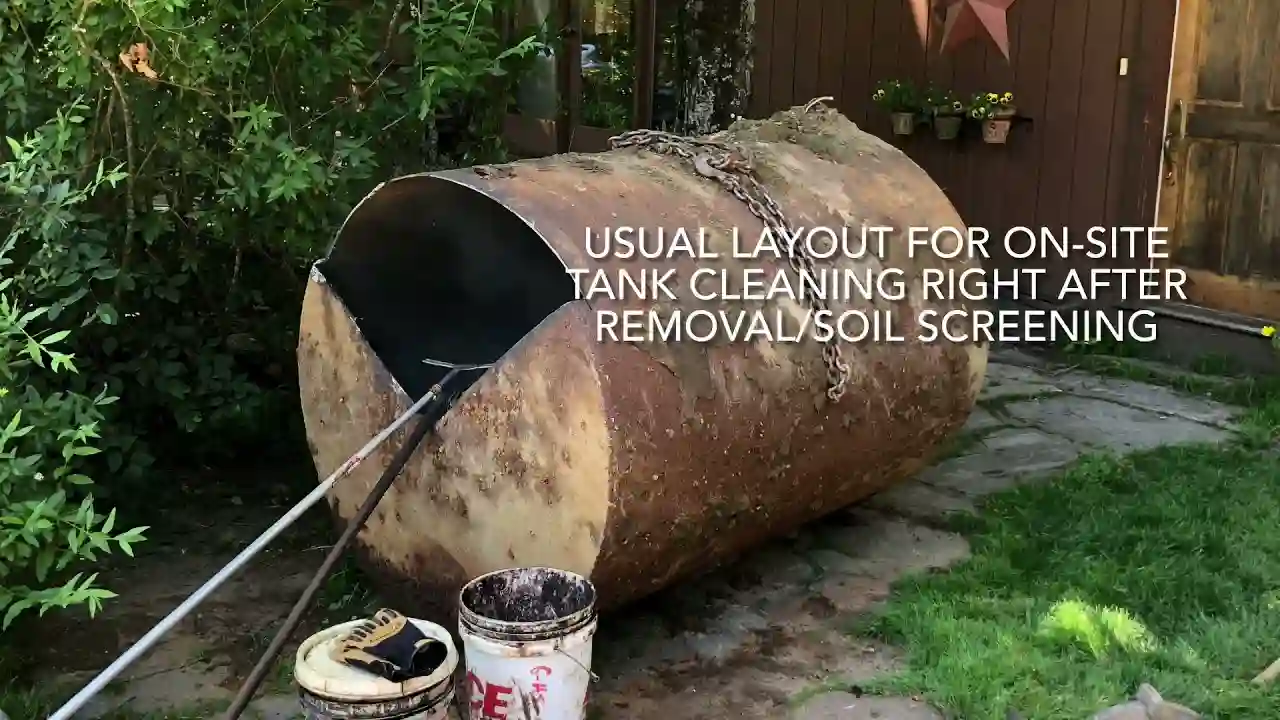
Buried Secrets: Unveiling the Process of Oil Tank Removal
- Home Improvement
- December 15, 2023
- No Comment
- 206
Beneath the serene landscapes of many homes lie buried secrets that, with time, can transform into potential environmental and safety hazards – aging oil tanks. The process of oil tank removal is akin to unveiling these buried secrets, requiring meticulous planning, adherence to regulations, and professional expertise. In this comprehensive guide, we will peel back the layers and unveil the intricate process of oil tank removal, shedding light on each step to empower homeowners with the knowledge needed to address these buried secrets responsibly.
1.Initial Discovery: Recognizing the Presence of Oil Tanks
The journey of oil tank removal begins with the initial discovery of the buried secret – recognizing the presence of oil tanks on the property. Homeowners often become aware of these buried tanks during routine property assessments, renovations, or when transitioning to alternative heating sources. Identifying the location and condition of these tanks sets the stage for the comprehensive removal process
2.Understanding the Environmental Impact: Unveiling the Risks
Unveiling the buried secrets also involves understanding the potential environmental impact these aging oil tanks can have. Corrosion, leaks, and spills can contaminate soil and groundwater, posing risks to the ecosystem. Recognizing these environmental risks is a driving force behind the need for responsible oil tank removal.
3.Navigating Legal Compliance: Unveiling the Regulatory Landscape
The process of oil tank removal unveils the regulatory landscape governing the safe and legal removal of underground storage tanks. Local and state regulations dictate the proper procedures, safety standards, and permitting requirements for tank removal. Homeowners must navigate this regulatory landscape to ensure a legally compliant unveiling of the buried secrets.
4.Choosing the Right Time for Unveiling: Strategic Timing
Determining the right time for oil tank removal is a strategic decision. Proactive homeowners often choose to unveil the buried secrets before tanks reach the end of their expected lifespan or exhibit signs of deterioration. Strategic timing helps prevent potential leaks, environmental damage, and ensures a smooth transition for homeowners moving to alternative heating sources.
5.Securing Professional Assistance: Expert Unveiling
Unveiling buried secrets requires professional expertise. Certified tank removal experts bring the necessary knowledge, experience, and specialized equipment for a safe and efficient process. Attempting to unveil these secrets without professional assistance not only poses risks to the property and environment but may lead to legal consequences. Securing expert assistance ensures compliance with regulations and minimizes potential accidents during the unveiling process.
6.Comprehensive Site Assessment: Revealing the Extent of Buried Secrets
Before initiating the removal process, a comprehensive site assessment is crucial. This involves locating the buried tank, assessing its condition, and determining potential environmental impact. Soil and groundwater testing may be necessary to identify any contamination. A thorough site assessment reveals the extent of the buried secrets, guiding the removal process and helping plan for necessary remediation.
7.Safe Tank Pumping and Cleaning: Gentle Unveiling Process
The actual unveiling process kicks off with the gentle pumping and cleaning of the tank. Any remaining oil is extracted, and the interior is thoroughly cleaned to minimize the risk of spills during extraction. Proper disposal of the extracted oil is essential to prevent environmental contamination. This phase is a gentle unveiling process that sets the stage for the safe removal of the buried secrets.
8.Excavation: Precise Unveiling
For homeowners opting for complete removal, excavation becomes a precise unveiling process. The area surrounding the tank is excavated to fully expose it, allowing for a detailed inspection. Specialized equipment is then used to carefully lift the tank from its underground location. Precision is paramount during excavation to avoid damage to the tank and surrounding structures.
9.Environmental Remediation: Unveiling Solutions
In cases where soil or groundwater contamination is unveiled during the removal process, environmental remediation measures are implemented. Remediation may involve removing and replacing contaminated soil or applying advanced treatments for groundwater. This step unveils solutions to mitigate the environmental impact of the buried secrets and ensures regulatory compliance.
10.Documentation and Reporting: Recording the Unveiling Process
The final step in the oil tank removal process involves comprehensive documentation and reporting. Homeowners receive a detailed report outlining the entire removal process, including environmental assessments and any remediation activities. This documentation records the unveiling process, providing proof of compliance with regulations and serving as a record of responsible environmental stewardship.
Conclusion:
Unveiling the buried secrets of aging oil tanks is a journey that demands careful consideration, professional assistance, and a commitment to environmental responsibility. From recognizing the initial presence of tanks to navigating legal compliance, securing professional help, and conducting a comprehensive site assessment, each step is an integral part of the unveiling process. Safely removing and documenting these buried secrets ensures not only the protection of the property but also the preservation of the environment. A conscientious approach to the unveiling process reflects a commitment to responsible homeownership and environmental stewardship.
